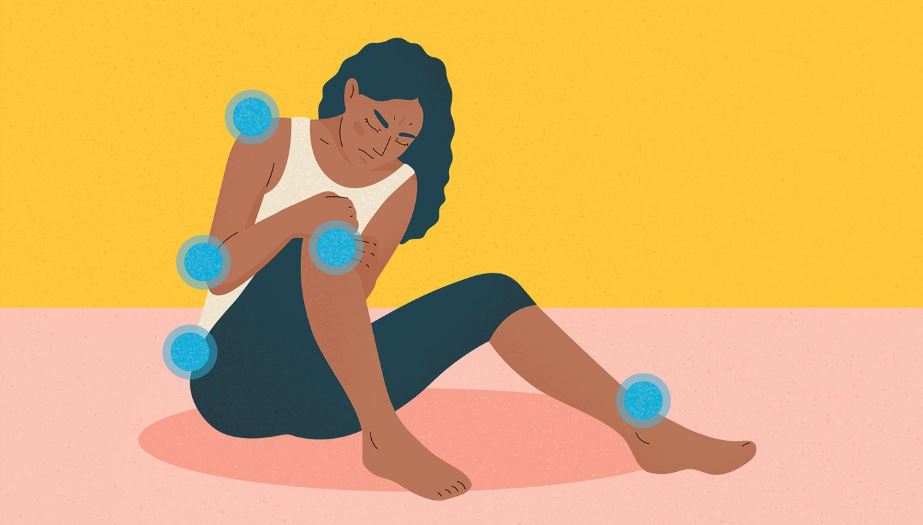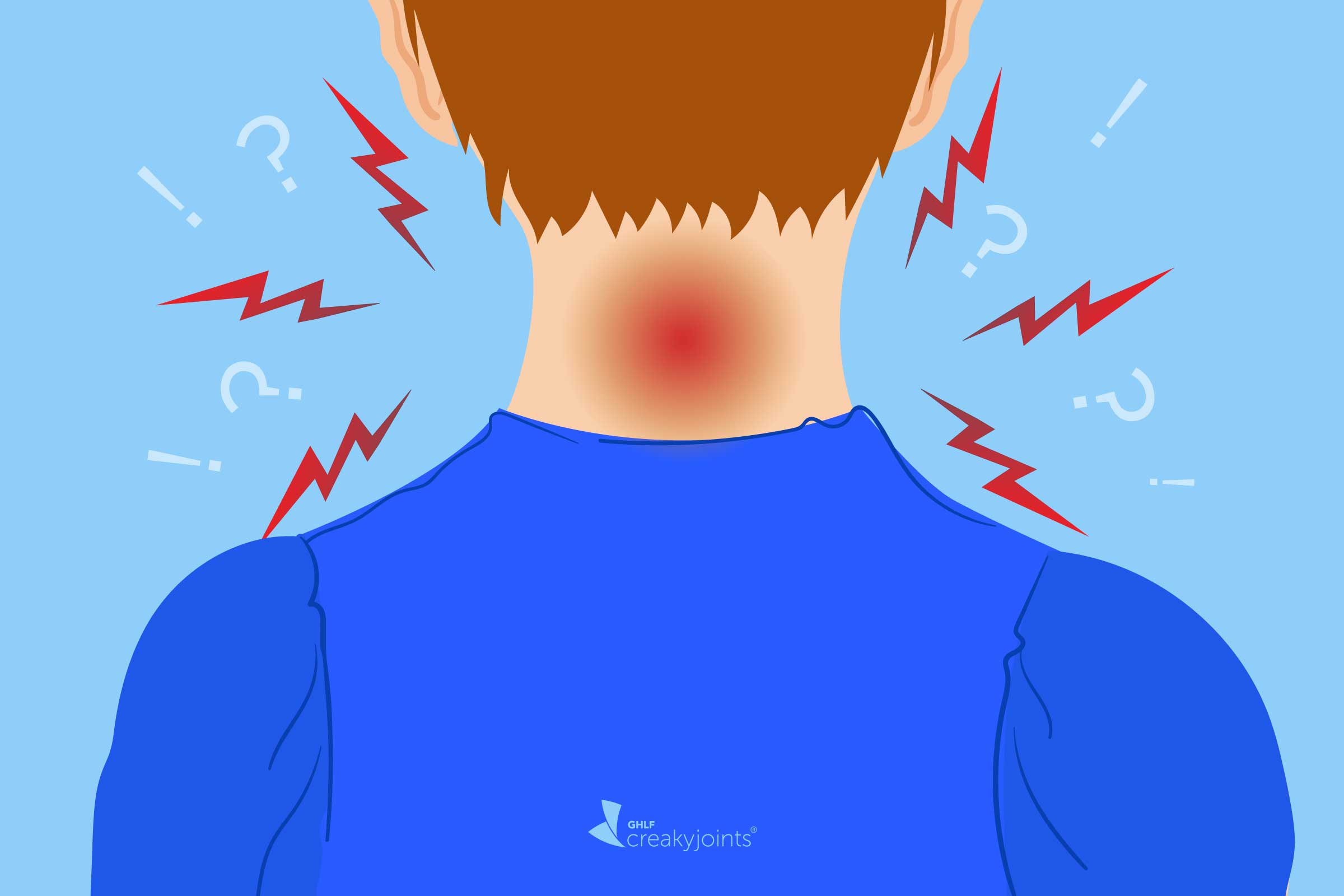Methotrexate (MTX) is considered a “first-line” therapy for rheumatoid arthritis (RA) and is also used to treat psoriatic arthritis (PsA). But despite the well-known benefits of helping to reduce symptoms and prevent disease progression, methotrexate has a very mixed reputation among arthritis patients.
Perhaps because MTX is so commonly prescribed, many inflammatory arthritis patients start to worry about whether or not they’ll have to take it almost as soon as they’re diagnosed. “For anyone with RA, initiation into the MTX club seems particularly harrowing,” RA patient and Chronicwoman contributor Dibs Baer wrote about starting to take methotrexate. “I admit that I waited weeks to start taking it when I first got diagnosed with RA.”
In particular, many patients have questions, concerns, and fears about side effects from taking methotrexate — everything from hair loss to serious, though rare, issues like liver toxicity.
Do patients’ concerns about the bothersome effects of methotrexate have an impact on whether they take the medication consistently? The benefits of early and consistent treatment of inflammatory arthritis are well established, so the fact that a patient’s discomfort with methotrexate could prevent them from taking their prescription is a serious issue.
If doctors knew more about patients’ main concerns regarding methotrexate, could they do a better job at preparing patients for the potential side effects and giving advice for how to manage them? These are all issues the rheumatology community needs to know more about, so researchers, including those from our nonprofit organization, the Global Healthy Living Foundation, set out to study this.
Click Here to Visit the Store and find Much More….
In research presented at the 2019 American College of Rheumatology/Association of Rheumatology Professionals (ACR/ARP) Annual Meeting in Atlanta, researchers surveyed 371 patients with rheumatoid arthritis or psoriatic arthritis in the ArthritisPower research registry who were currently taking or had previously taken methotrexate. Here’s what we learned.
Not surprisingly, the majority of patients surveyed reported that they experienced one or more side effects while taking methotrexate: 58 percent of current methotrexate users and 79 percent of people who had taken methotrexate but stopped. More research is currently underway to understand the degree to which MTX side effects play a role in whether people stop taking it.
When patients in the survey were asked about specific MTX side effects and whether they experience them, the most commonly reported one was fatigue. About 44 percent of patients reported fatigue or tiredness from the medication, both among those currently taking methotrexate and those who had previously taken methotrexate.
Patients who stopped taking methotrexate reported having substantially more gastrointestinal issues — including nausea, abdominal pain, and loss of appetite — from methotrexate than current users did.
- Just 26 percent of current MTX users reported nausea, compared with 40 percent of those who used it previously.
- Just 9 percent of current MTX users reported abdominal pain, compared with 25 percent of those who used it previously.
- Just 14 percent of current MTX users reported diarrhea, compared with 18 percent of those who used it previously.
- Just 10 percent of current MTX users reported loss of appetite, compared with 17 percent of those who used it previously.
Click Here to Visit the Store and find Much More….
However, despite many patients reporting side effects, those who currently take methotrexate consider the drug important in managing their disease and health. Nearly two thirds (65 percent) of current MTX users agree that the medication “protects me from becoming worse.”
About half (47 percent) said that their health depends on methotrexate. Forty three percent agreed that “my life would be impossible without my methotrexate.”
If you’re taking methotrexate for your rheumatoid arthritis or psoriatic arthritis, it’s important to talk to your doctor about any side effects that you may be experiencing.
“We know many RA and PsA patients discontinue methotrexate with or without their physician’s knowledge,” says study coauthor W. Benjamin Nowell, PhD, director of Patient-Centered Research at the Global Healthy Living Foundation. “We hope this research provides insights to both patients and doctors about the side effects patients most often report and are most concerned about. Improving communication about these side effects and how to manage them may help patients to keep taking this beneficial medication or to request an effective alternative. Either way, it’s important to keep in mind that early, aggressive, and consistent treatment is the best way to improve their long-term outcomes.”
You and your doctor may discuss taking some of the following steps to reduce the side effects from taking methotrexate:
Take a folic acid supplement. Folic acid is a type of B vitamin that you need for your cells to divide and grow normally. Folic acid is also essential in the production of red blood cells. Methotrexate blocks some of the actions of folic acid, which can lead to side effects such as mouth sores, abdominal pain, liver problems, hair loss, and anemia. Taking folic acid supplements can help offset MTX side effects.
Take methotrexate after meals, which may reduce the risk of stomach upset. Your doctor may also consider prescribing other medication to help treat symptoms like nausea and vomiting.
Use a lower dose. According to the Hospital for Special Surgery, many MTX side effects can be resolved by lowering the dose. However, you should never lower the dose or stop taking methotrexate without the guidance of your doctor.
Take MTX close to the weekend. For patients who report fatigue to be an important side effect, taking the medication, which is often given weekly, on a Friday or Saturday can allow you to rest and recover over the weekend.
Consider the side effect profile of other medications you take. Many other drugs used to treat RA or PsA can also cause similar side effects. For example, some patients who use non-steroidal anti-inflammatory pain medication (NSAIDs) report gastrointestinal (GI) upset as a symptom. Make sure your doctor knows all of your medications and supplements, both over the counter and prescription, so they can help you minimize side effects and interactions.
Click Here to Visit the Store and find Much More….
For More Information Related to Fibromyalgia Visit below sites:
References:
Fibromyalgia Contact Us Directly
Click here to Contact us Directly on Inbox
Official Fibromyalgia Blogs
Click here to Get the latest Chronic illness Updates
Fibromyalgia Stores
Click here to Visit Fibromyalgia Store










